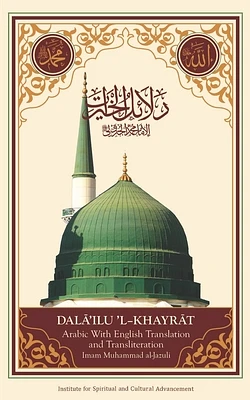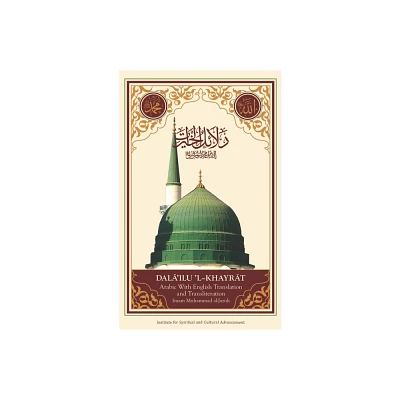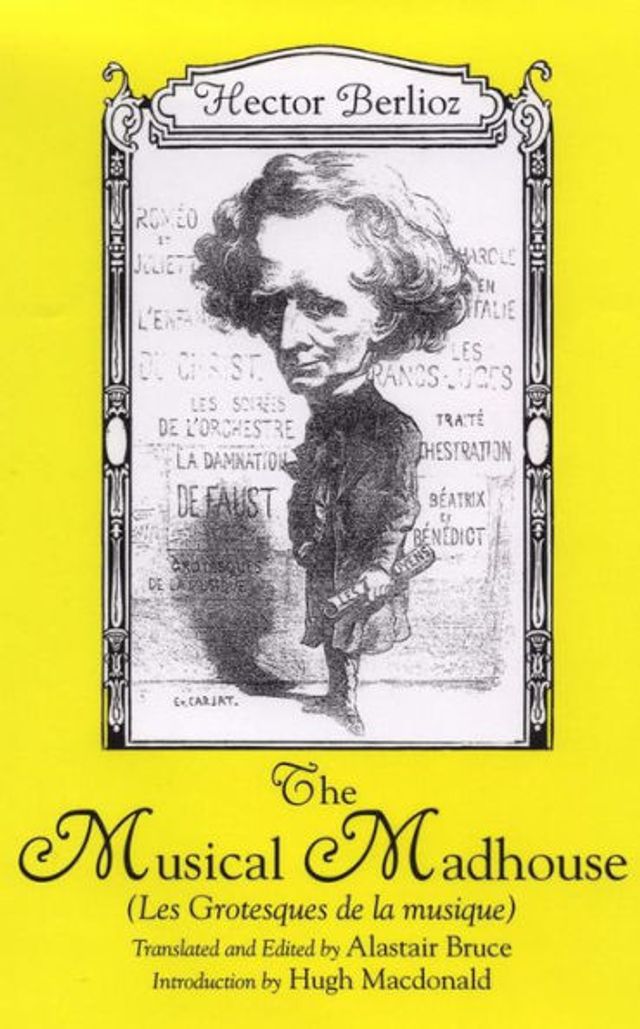Home
The Uppsala Manuscript of Muhammed Heva'i Uskufi Bosnevi's Makbul-i 'arif (1631) from a Turcological Perspective: Transliteration, Transcription, and an English Translation
Loading Inventory...
Barnes and Noble
The Uppsala Manuscript of Muhammed Heva'i Uskufi Bosnevi's Makbul-i 'arif (1631) from a Turcological Perspective: Transliteration, Transcription, and an English Translation
Current price: $62.00


Barnes and Noble
The Uppsala Manuscript of Muhammed Heva'i Uskufi Bosnevi's Makbul-i 'arif (1631) from a Turcological Perspective: Transliteration, Transcription, and an English Translation
Current price: $62.00
Loading Inventory...
Size: OS
*Product Information may vary - to confirm product availability, pricing, and additional information please contact Barnes and Noble
The object of study in this book is the Uppsala manuscript, O. nova 546, of Muhammed Heva'i Uskufi Bosnevi's literary work Makbul-i 'arif from 1631. The manuscript, handwritten in Ottoman script, reached the University Library in Uppsala from Cairo in 1924. Makbul-i 'arif is frequently referred to as the first known Bosnian-Turkish dictionary, but this label is misleading. First, the work consists of three parts - a long and sophisticated foreword and an afterword in addition to the dictionary part. Besides, the part of the work that is the cause of the unfortunate label is not a 'dictionary' in the modern sense of the word. Among other things, it is versified, dialogue-oriented, and split into chapters according to topic. The versified glossary is the only part where we find Bosnian words; approximately 650. The main motivation behind this book is the fact that Makbul-i 'arif has received little attention from a turcological perspective. Despite the fact that Makbul-i 'arif is a Turkish, or Ottoman Turkish literary work of art, the vast majority of researchers concerned with the work examine it from a Bosnian cultural and/or linguistic perspective. It is time Makbul-i 'arif receives its fair share of attention from a turcological point of view too. The contributions of this book are thus as follows. First, a grapheme-by-grapheme transliteration of the entire Uppsala manuscript is provided. Second, a transcription of the manuscript is given and, third, an English translation of the entire Makbul-i 'arif is provided. None of these enterprises has so far been undertaken. The English translation may serve as a starting point to make Makbul-i 'arif available to a wider audience.

![Bhagavad Gita, The Holy Book of Hindus: Original Sanskrit Text with English Translation & Transliteration [ A Classic Indian Spirituality ]](https://prodimage.images-bn.com/pimages/9781945739361_p0_v2_s600x595.jpg)
















